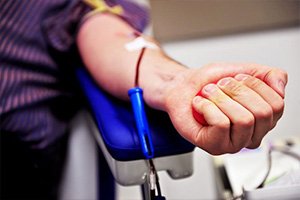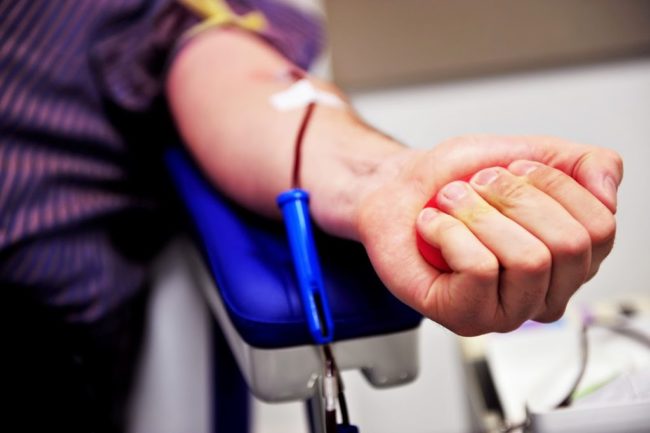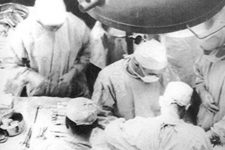Source: AdobeStock While doctors had been experimenting with human blood transfusions since the early 1800s, the practice was largely considered dangerous within the medical community prior to the start of the 20th century. The earliest procedures had a low success rate and often resulted in the patient’s death. Some physicians began mixing a portion of the recipient’s blood with the donor blood prior to the transfusion in hopes that the donor’s body would be more likely to accept the transfusion, but found little success in this method. In 1901, biologist and immunologist Karl Landsteiner found that when blood from two separate people were mixed together, it sometimes resulted in clumping of red blood cells. Landsteiner determine that this clumping was an immune response that occurred when the blood from one of the individuals possessed antibodies against the other blood cells. This reaction could be fatal when it occurred during a blood transfusion between incompatible blood types. Landsteiner’s findings lead to the creation of the first three human blood groups; A, B, and O. With this new-found blood typing system, physicians were able to match blood donors to the recipient prior to performing the transfusion. Blood matching revolutionized the science of blood transfusion, and greatly increased its success rate. This changed blood transfusions from their poor standing as a risky procedure to avoid in the 1800s to being a standard treatment for many conditions such as hemophelia, anemia, and liver disease. Landsteiner’s discovery has saved countless lives over the past decade. An estimated 6.8 million Americans donate blood each year, resulting in nearly 21 million units of blood products being transfused annually. It was for his invaluable contribution to improving the blood transfusion process that he was awarded the Nobel Prize in Medicine in 1930. |

Medical History Moment – Human Blood Types Discovered
This Post Has One Comment
Comments are closed.




great